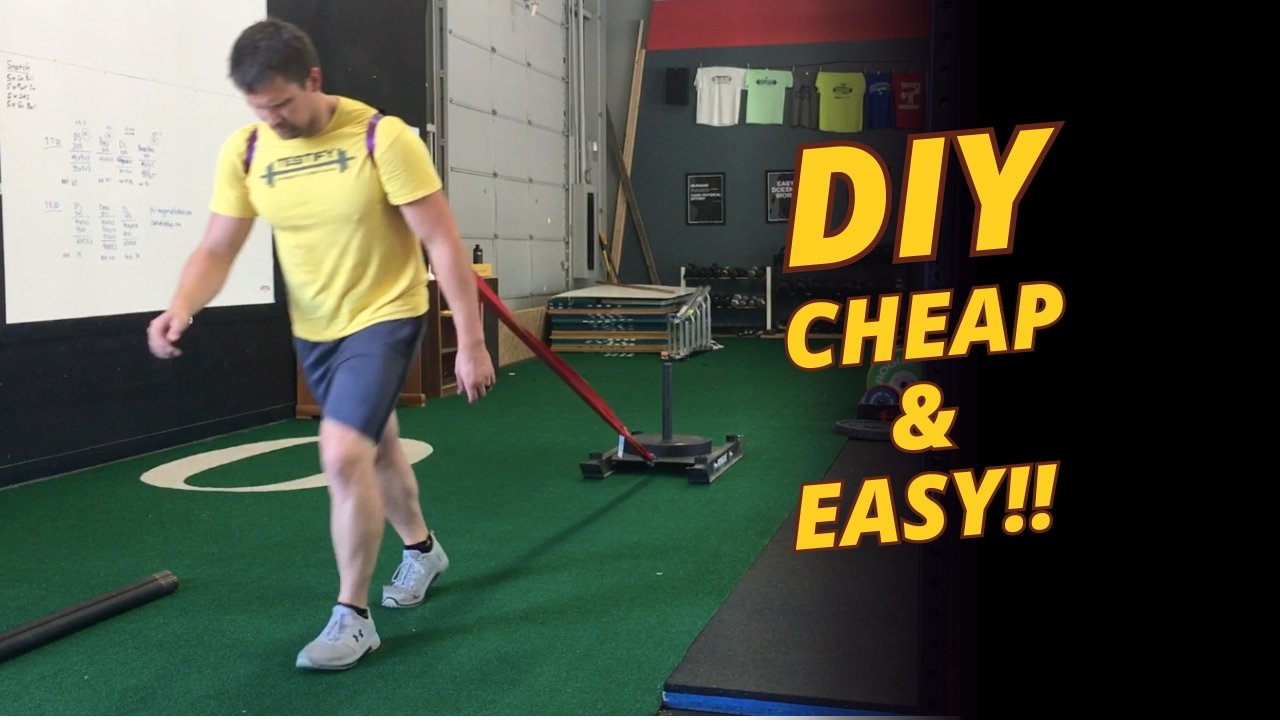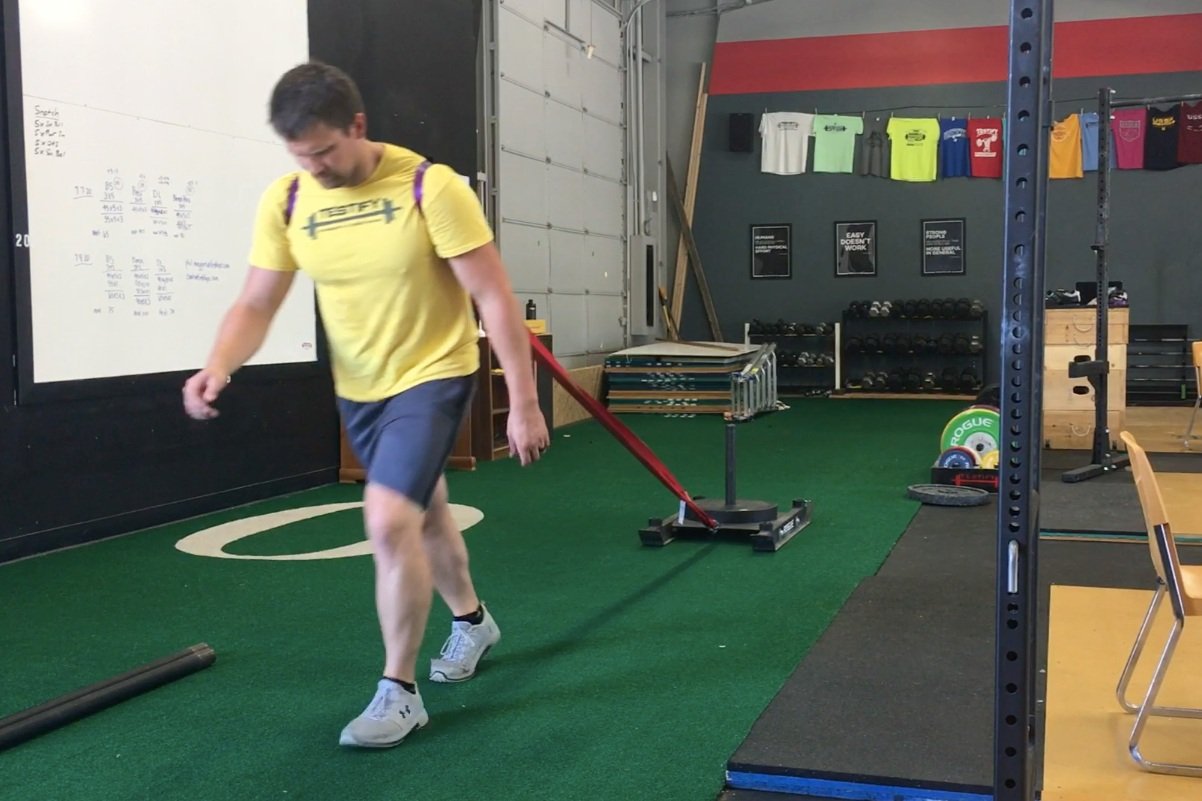Home Gym Buyer's Guide: Best and Worst Weight Plates!
/Want the best plates for your home or garage gym? Should you get calibrated plates, or are they the worst decision you'll ever make? Starting Strength Coach Phil Meggers dives in.
(A Blast from the Past video originally published on 10/24/22)
Whenever you want even more Testify in your life, here are some free resources:
Book a free intro and strategy session with us HERE.
Pick up a free copy of Testify’s Squat Guide: 12 Tips to Improve Your Squat Now HERE.
Get our free weekly email - containing useful videos, articles, and training tips - HERE.
Follow Testify on Instagram HERE.
Subscribe to Testify’s YouTube channel HERE.

